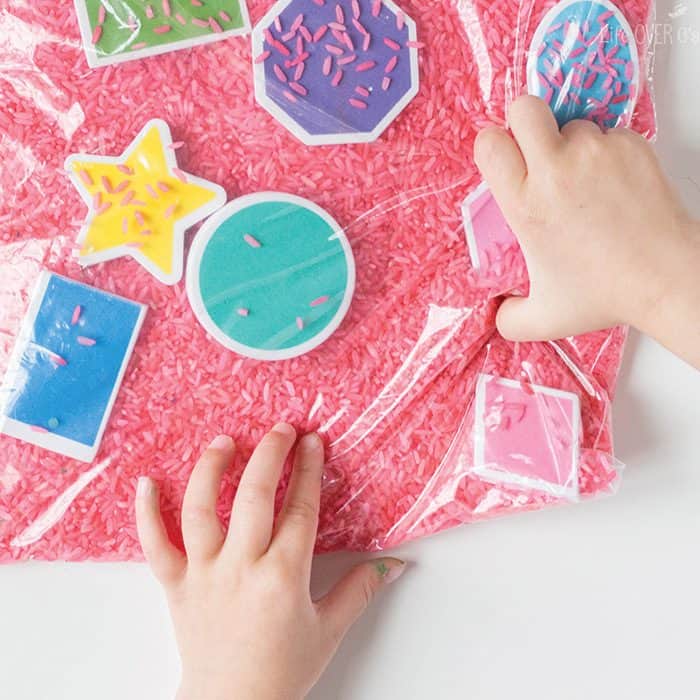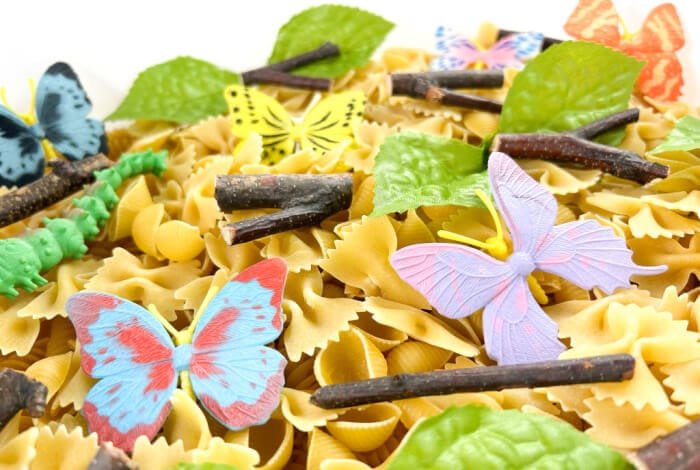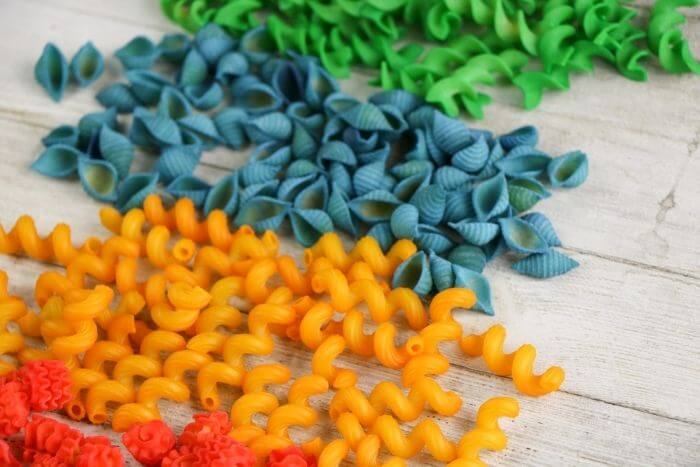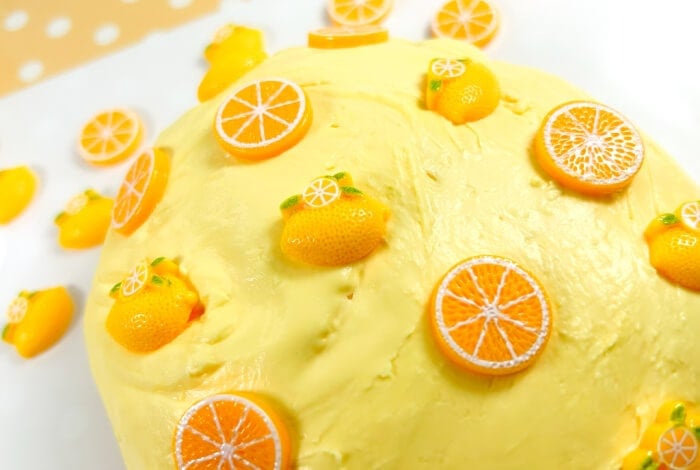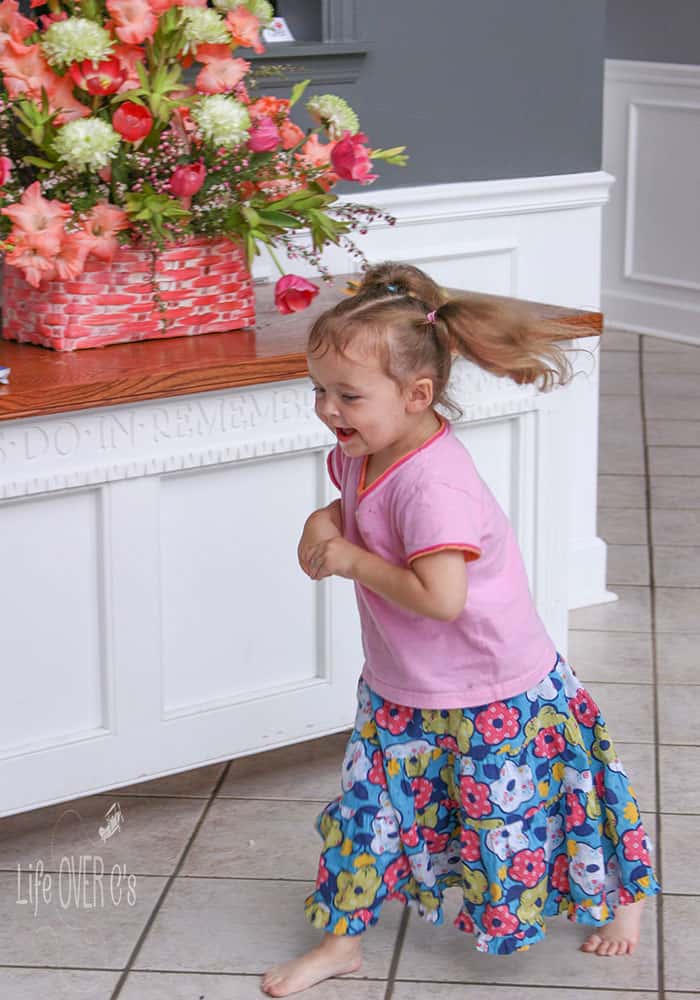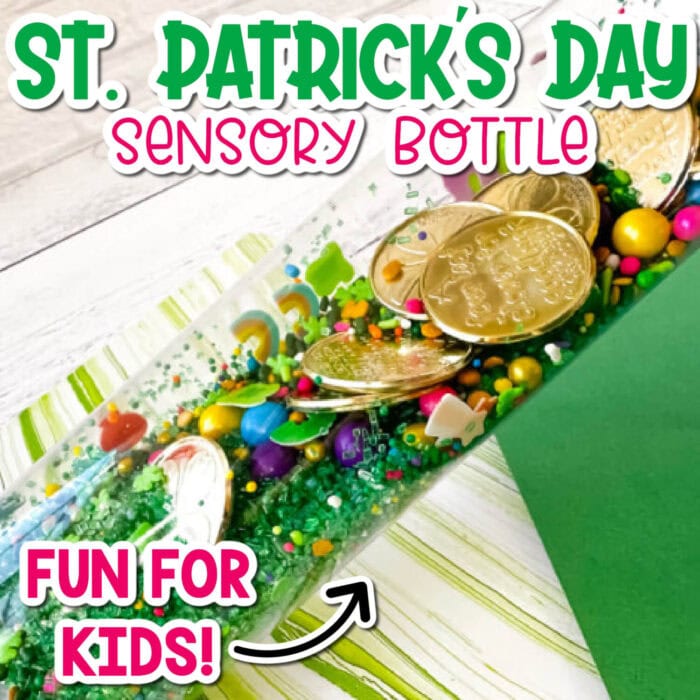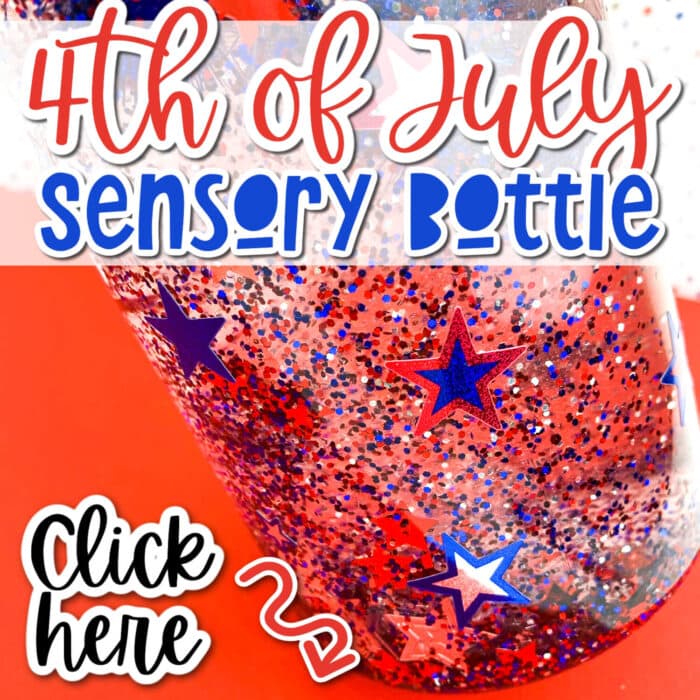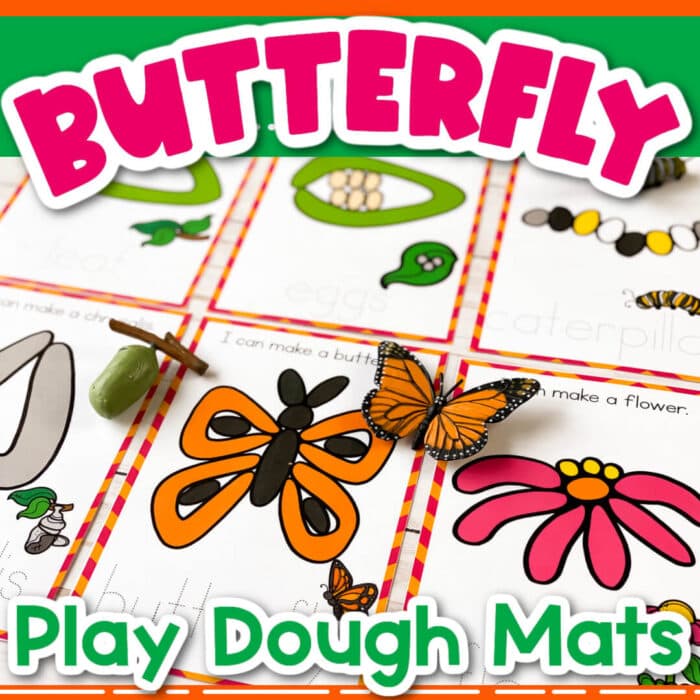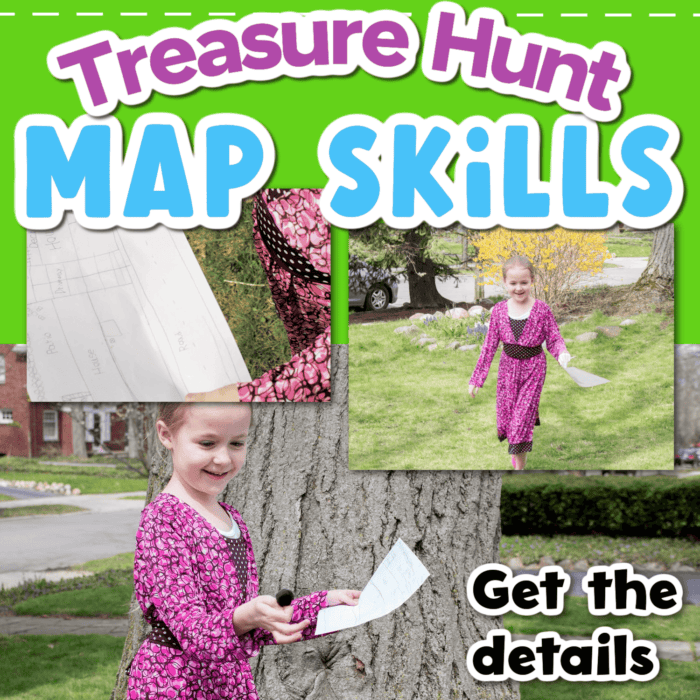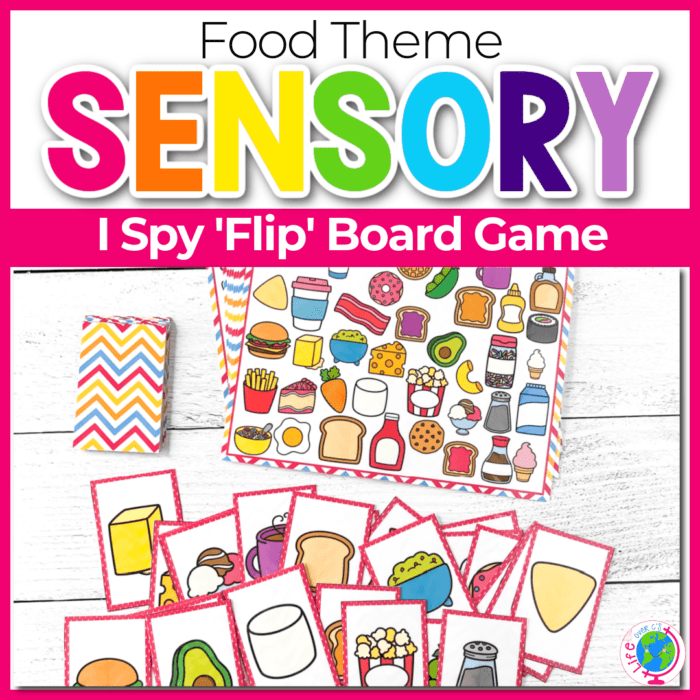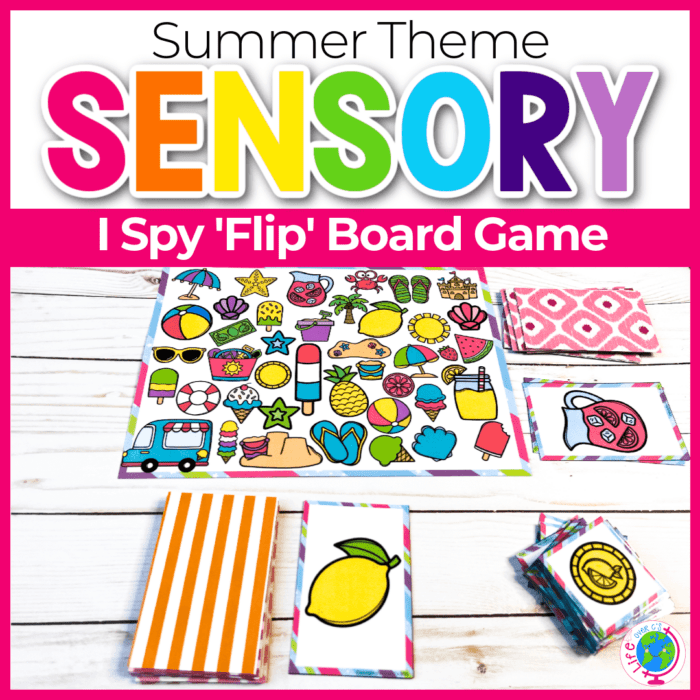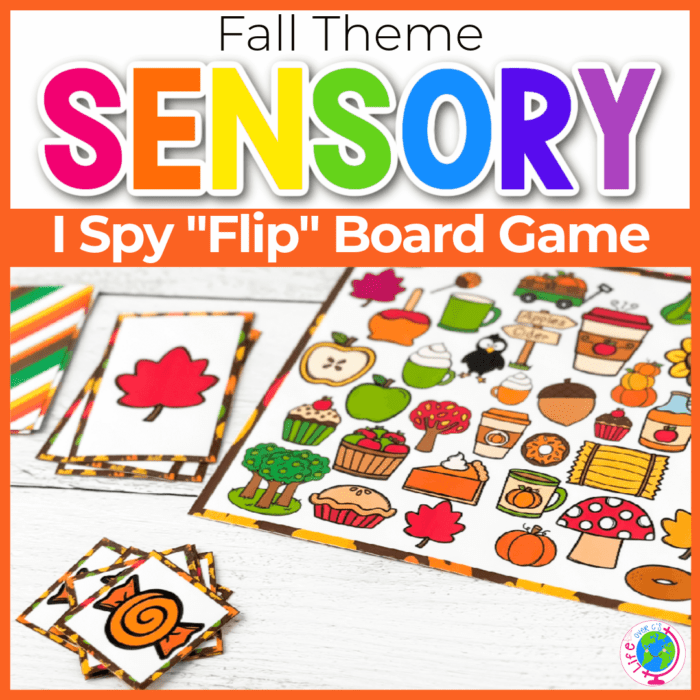Nothing is more boring than a school curriculum that is full of worksheets. Learning through sensory seeking activities is a great way to turn a blah lesson into something the kids will never forget! Whether it’s sensory art projects or a squishy bag or gross motor activity that gets kids moving, there are many benefits of sensory play and learning.
I have compiled a huge selection of sensory learning activities, with themes ranging from Christmas sensory bins to alphabet sensory activities. Engage your preschoolers in activating their senses while learning important concepts and themes.
Sensory Activities and Materials for Kids
Popular Sensory Activities
Sensory Bags
Sensory seeking behavior is a normal part of early childhood. Children are naturally drawn to activities that stimulate and activate their senses. What’s even better is that brain development counts on sensory integration to build nerve connections while developing language and motor skills.
Squishy bags provide sensory input on any subject without the mess! Children love squishing, sliding, moving, and playing with objects inside a homemade sensory bag.
Sensory bags allow children to practice skills, like letters and numbers, or to simply soothe themselves with a calming activity. Using their fingers and hands also helps strengthen important small motor muscles that are important later when learning to write letters and numbers.
Sensory Bottles
Sensory bottles are another great sensory play idea that don’t fall into the messy category. You can easily integrate any theme you’re currently working on, whether it’s Christmas trees or alphabet activities.
Occupational therapists and preschool teachers often use sensory bottles to calm anxiety and other emotions in students.
Sensory Bins
Sensory bins can accommodate any learning theme, from alphabet sensory play to exploring seasons with a winter sensory activity or a spring sensory bin.
These printable sensory bin sets allow children to explore engaging themes, like Christmas sensory activities with numbers and summer sensory activities like bugs.
Changing the materials, scents, objects, and themes of your sensory bins keeps sensory seekers engaged in learning each new topic or theme.
Sensory Bin Printables
Practice a wide variety of skills through sensory play with these engaging sensory bin printable activities!
DIY Sensory Materials
Sensory bins don’t have to be expensive to provide a fun time of exploration. Create your own sensory bin fillers with these simple DIY Sensory Materials.
Slime Recipes and Activities
Slime… what can I say except, kids LOVE it! You can change it up with new themes, textures, ingredients. The possibilities are endless.
From a sensory viewpoint, slime is a great calm down tool. You can make it thicker or looser depending on the needs of your kids. Thicker slime will build fine motor skills. Looser slime can be a great attention-grabbing and calming tool.
Play Dough Recipes and Activities
Much like slime, play dough is a great introductory sensory activity. When kids are resistant to the ‘wet’ texture of slime, you may have them try play dough instead. They can get the same therapeutic input of squeezing, rolling, stretching and molding with a drier surface and less of a likelihood of sticking to a child’s hands.
You can also explore colors, scents, and textures with play dough explorations.
Teacher Tip: If your children are still putting things in their mouths, avoid doughs that contain salt as a major ingredient. While it is non-toxic, large amounts of salt required for play dough can cause dehydration in a small child. Opt for recipes that are labeled as EDIBLE and not just non-toxic.
Sensory Art and Exploration
Early childhood art projects should always be about exploration, not a final product. Children learn and develop fine motor muscles while painting, cutting, gluing, and more.
Incorporating art into your fall, winter, or spring sensory activities a great idea! These mess-free painting projects tie into your seasonal fall sensory activities and offer the benefit of sensory play long after the project is complete.
Gross Motor Activities
Movement is so important to a child’s development. These brain break dice provide a fun break from classroom learning while developing large motor muscles and coordination. You don’t need an obstacle course, or even a fancy playground, to get kids engaged and moving.
Children seeking deep pressure or proprioceptive input will benefit from gross motor movements
Visual Motor Skill Activities
Developing visual motor skills starts from birth and keeps improving with practice and exposure to activities suitable for each developmental stage. From building with blocks to scribbling, tracing, writing, drawing, cutting, and even catching a ball – these are all examples of the fun and beneficial visual motor activities that children naturally enjoy.
When kids need help building visual motor skills one of the ways we can help is through visual scanning activities, such as I Spy.
Our I Spy “Flip” Games are a fun way to incorporate learning into visual skill building without it feeling like ‘therapy’.

